Special Report
The Biggest Failed Mergers and Acquisitions of the Last Decade

Published:
Last Updated:

After protracted and very public negotiations, it appears that Elon Musk’s $44 billion bid to buy Twitter through his holding company has fallen through. Musk claimed the deal collapsed because Twitter failed to disclose the share of users that are bots. Twitter responded in a letter saying it intends on closing the deal as agreed upon and that it plans “to pursue legal action to enforce the merger agreement.” (Musk is among the 30 richest Americans of all time.)
Though this may be one of the messiest and most public collapses of a planned acquisition of a multi-billion dollar business, it is far from the first. In the last decade alone, obstacles like regulation, financial due diligence, and other market forces have scrapped several mega-deals just before they closed.
To determine some of the biggest failed mergers and acquisitions in history, 24/7 Wall St. reviewed sources like PitchBook and TMF Group to compile a list of recent planned, offered, or announced mergers worth over $1 billion featuring at least one U.S. company that fell through.
This list is far from comprehensive, as many potential mergers and acquisitions fall apart in the preliminary stages before receiving any media attention. Meanwhile, some of the deals that do close end up being a mistake in retrospect. Harvard Business Review estimates that 70%-90% of all M&A deals do not succeed, either not living up to the transaction price or failing to properly integrate the new business. These are the largest mergers of the last 20 years.
Sometimes these deals fall through due to increased regulations from governments – whether it is to prevent a monopoly, stop a company from skirting taxes, or because of national security issues. Other times, the deal is shot down by shareholders who disagree with the direction that such a merger would take the company.
Click here to see the biggest failed mergers and acquisitions of the last decade.
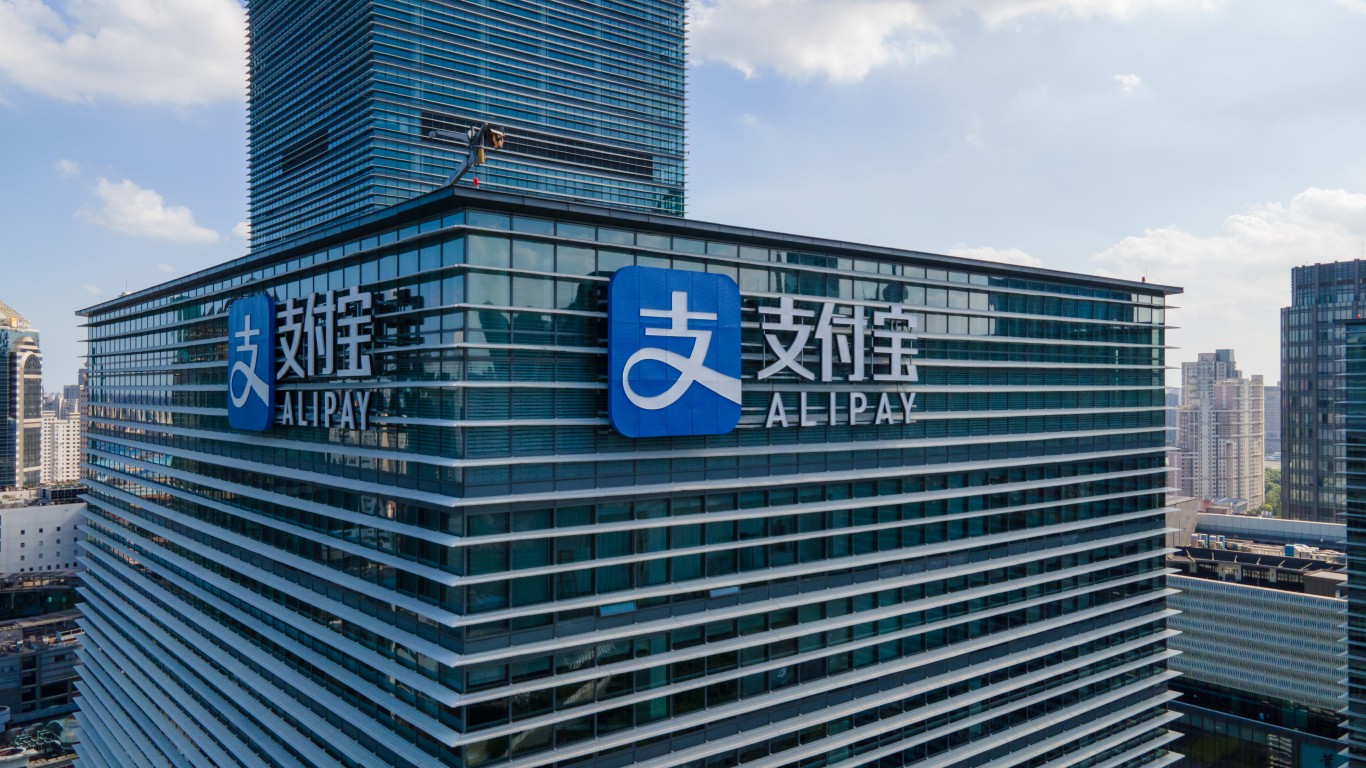
11. Ant Financial and MoneyGram
> Value: $1.2 billion
> Year: 2018
[in-text-ad]
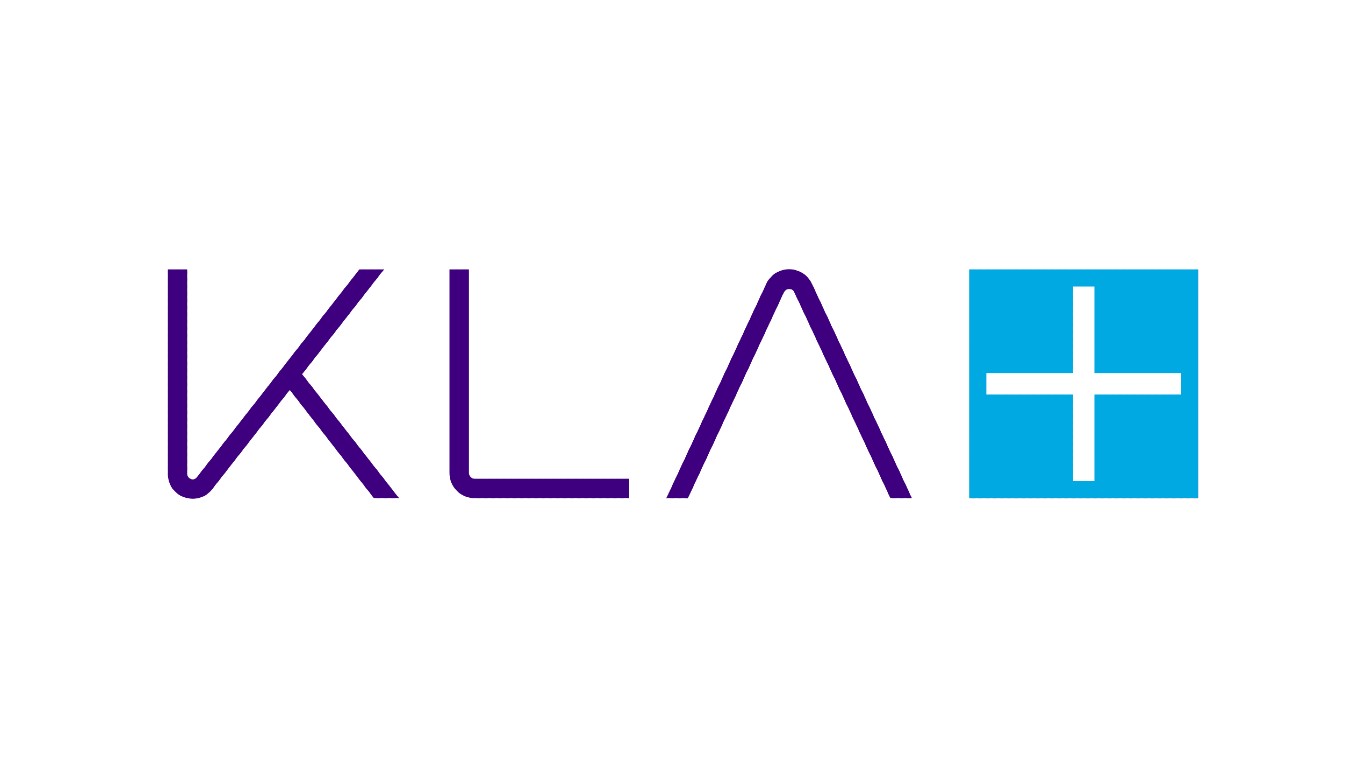
10. KLA-Tencor and Lam Research
> Value: $10 billion
> Year: 2016
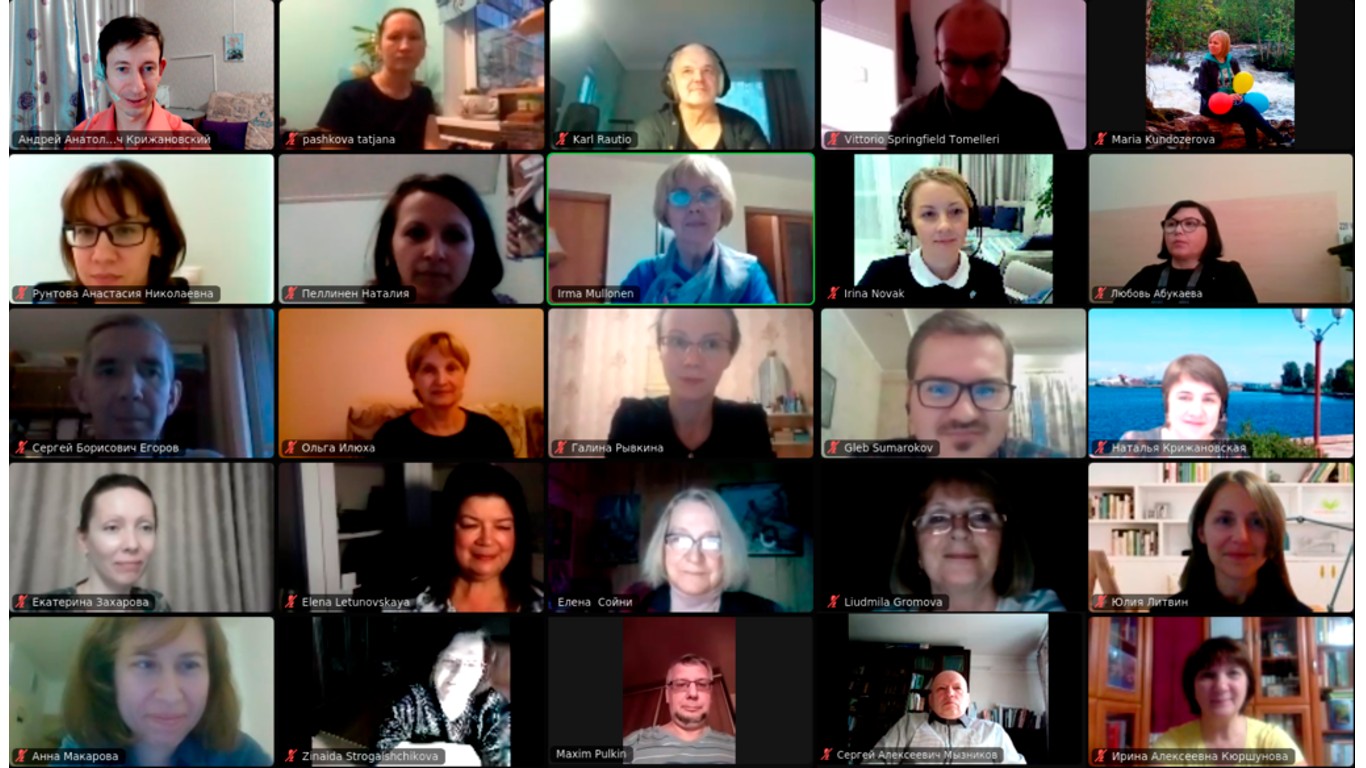
9. Five9 and Zoom
> Value: $14.7 billion
> Year: 2021

8. Iliad and T-Mobile US
> Value: $15 billion
> Year: 2014
[in-text-ad-2]

7. Mondelez International and Hershey
> Value: $23 billion
> Year: 2016
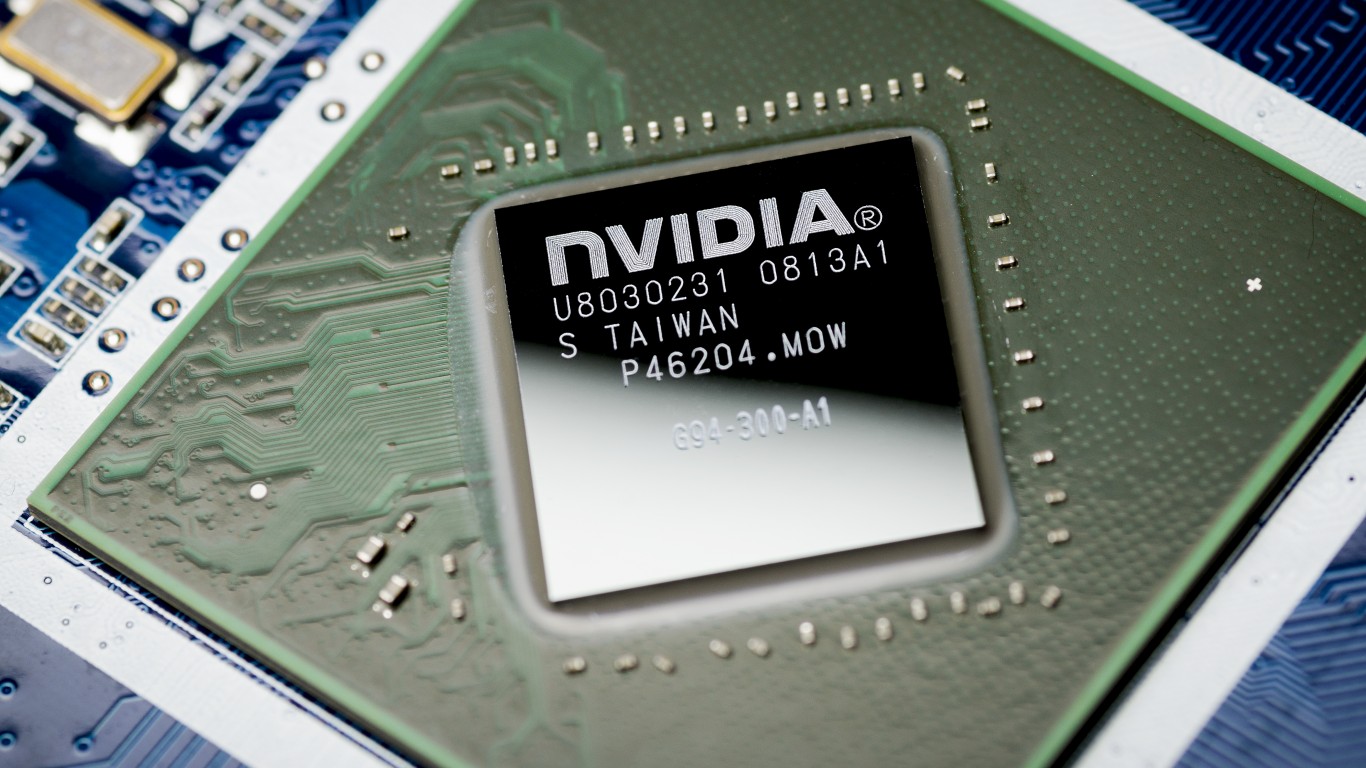
6. Nvidia and Arm
> Value: $40 billion
> Year: 2022
[in-text-ad]
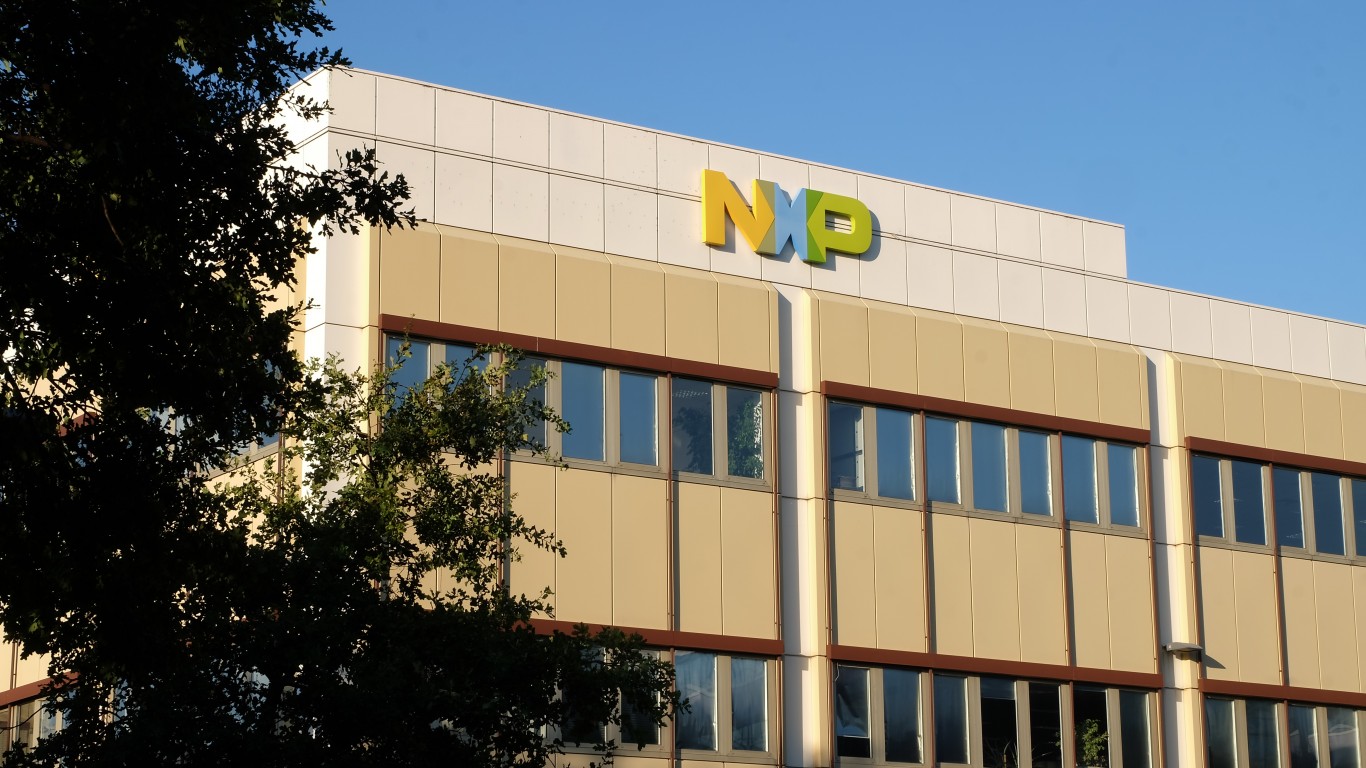
5. NXP Semiconductors and Qualcomm
> Value: $44 billion
> Year: 2016

4. Honeywell and United Technologies
> Value: $90 billion
> Year: 2016
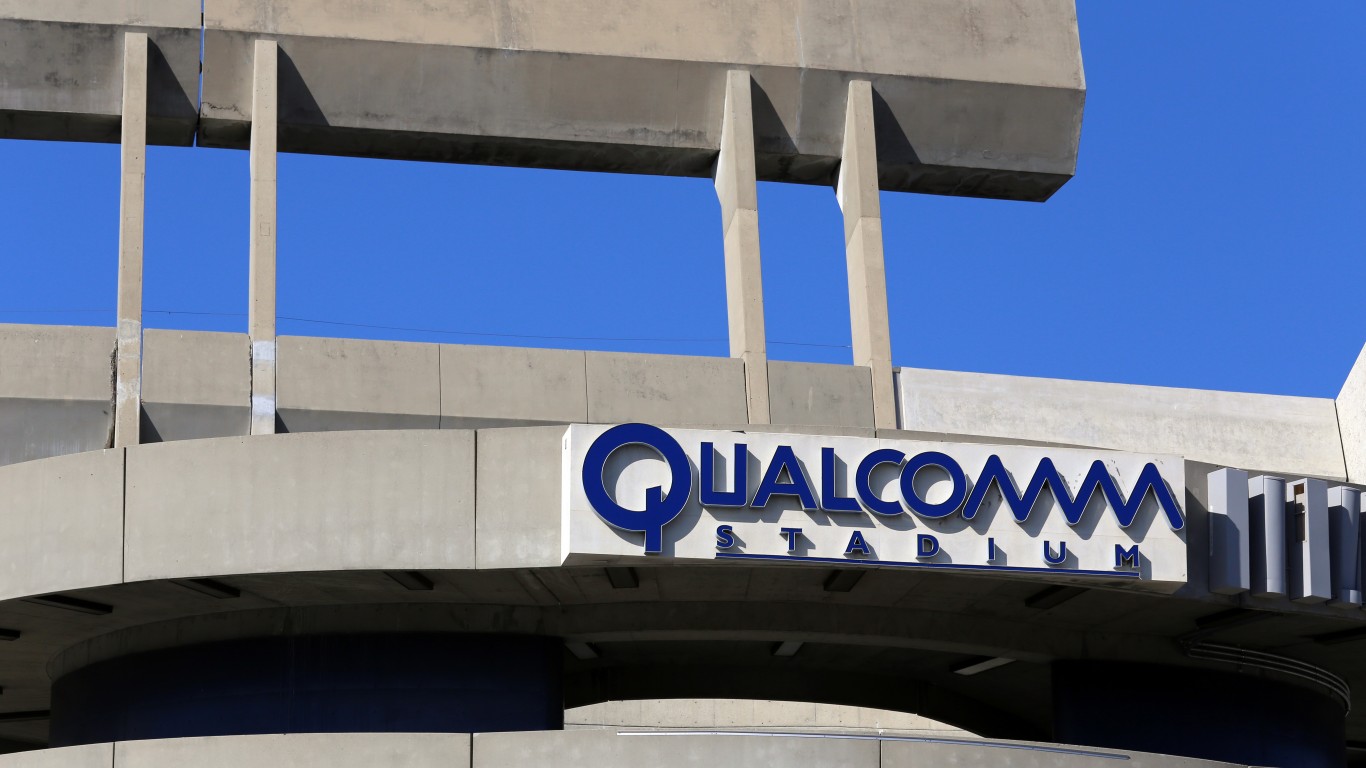
3. Qualcomm and Broadcom
> Value: $117 billion
> Year: 2018
[in-text-ad-2]

2. Kraft Heinz and Unilever
> Value: $143 billion
> Year: 2017
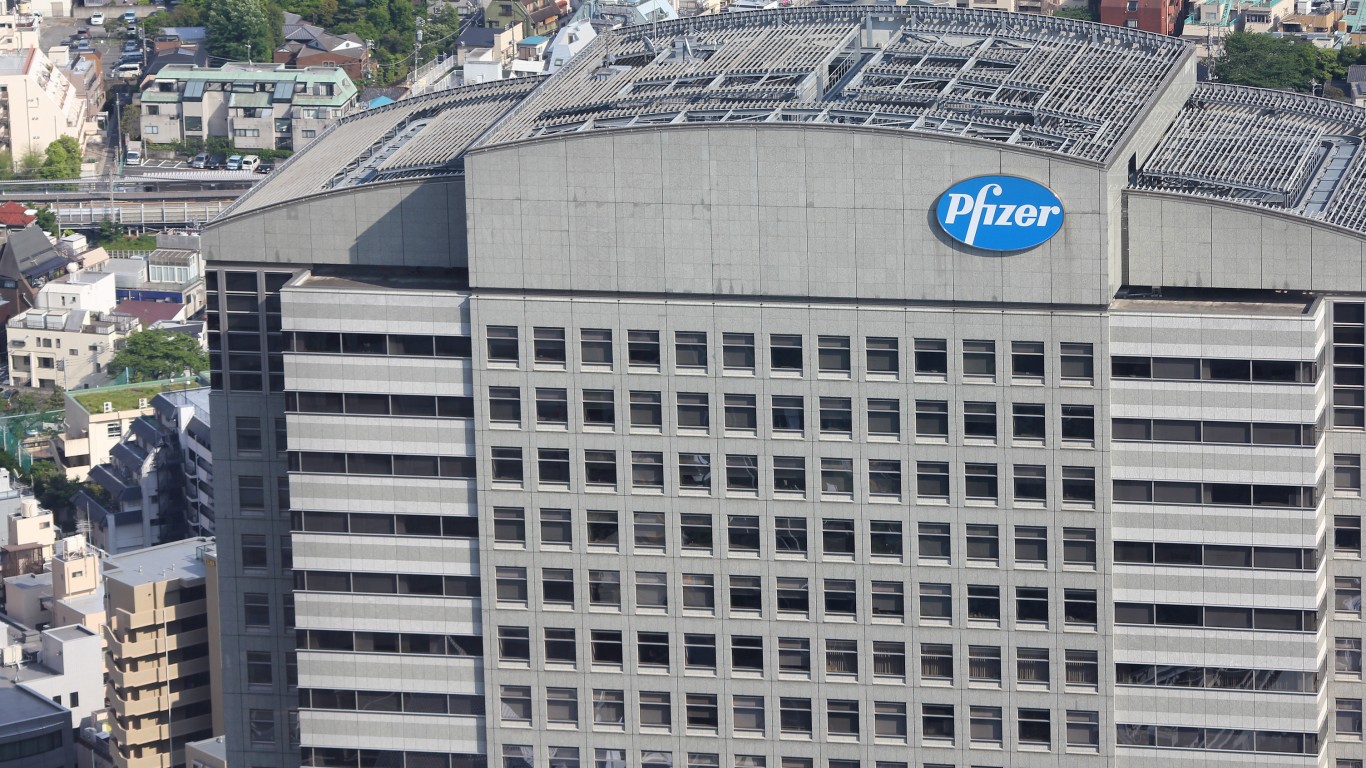
1. Pfizer and Allergan
> Value: $160 billion
> Year: 2016
Credit card companies are pulling out all the stops, with the issuers are offering insane travel rewards and perks.
We’re talking huge sign-up bonuses, points on every purchase, and benefits like lounge access, travel credits, and free hotel nights. For travelers, these rewards can add up to thousands of dollars in flights, upgrades, and luxury experiences every year.
It’s like getting paid to travel — and it’s available to qualified borrowers who know where to look.
We’ve rounded up some of the best travel credit cards on the market. Click here to see the list. Don’t miss these offers — they won’t be this good forever.
Thank you for reading! Have some feedback for us?
Contact the 24/7 Wall St. editorial team.